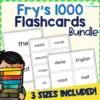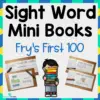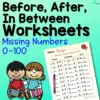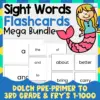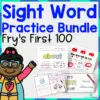Get ready to have some fun with these 10 all-about-me activities for preschoolers! From self-portrait crafting to body tracing, these activities will help your little ones explore their creativity, learn about their bodies, and express their unique identities.
So grab some art supplies and get ready to play!
Great Preschool All About Me Activities
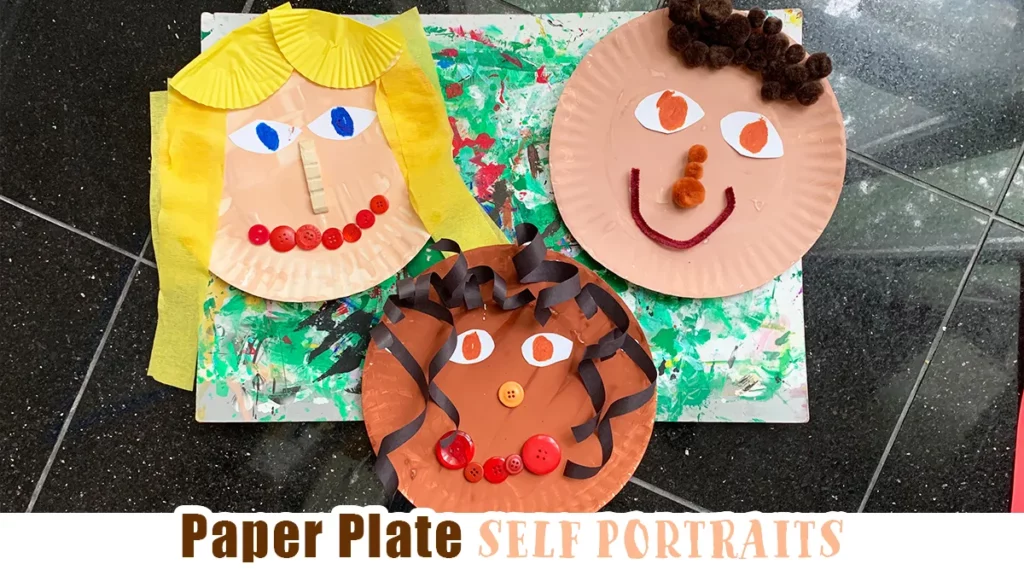
Let’s have some fun with the first activity on our list – self-portraits! Grab a hand mirror and let your children describe their hair, eyes, skin, and mouth by color, shape, and texture. This is a great opportunity to teach them about diversity and common features that come in different shades and sizes.
Here are the materials you’ll need for this fun and educational activity:
- Hand mirror
- White paper plates
- Brown, white, black, and beige paint
- White Construction paper
- Paint sticks
- Buttons
- Pipe cleaners
- Pom poms
- Yarn
- Straws
- Crepe Paper
- Cupcake liners
- Scissors
- Craft Glue
Mix brown, white, black, and beige paint to match your child’s skin tone, and paint a paper plate with it. Cut out some eyes from white construction paper and color them in with paint sticks. Then, use pom poms, buttons, yarn, straws, or pipe cleaners to create a unique hairstyle and mouth.
Glue everything onto the paper plate to complete the self-portrait. You’ll be amazed at how creative each child’s portrait turns out!
Talk about why they chose certain materials and celebrate the beauty of their unique features. With these supplies, you can encourage your little ones to express themselves through art.
Don’t miss out on valuable information about this resource that can be found on happytoddlerplaytime.com
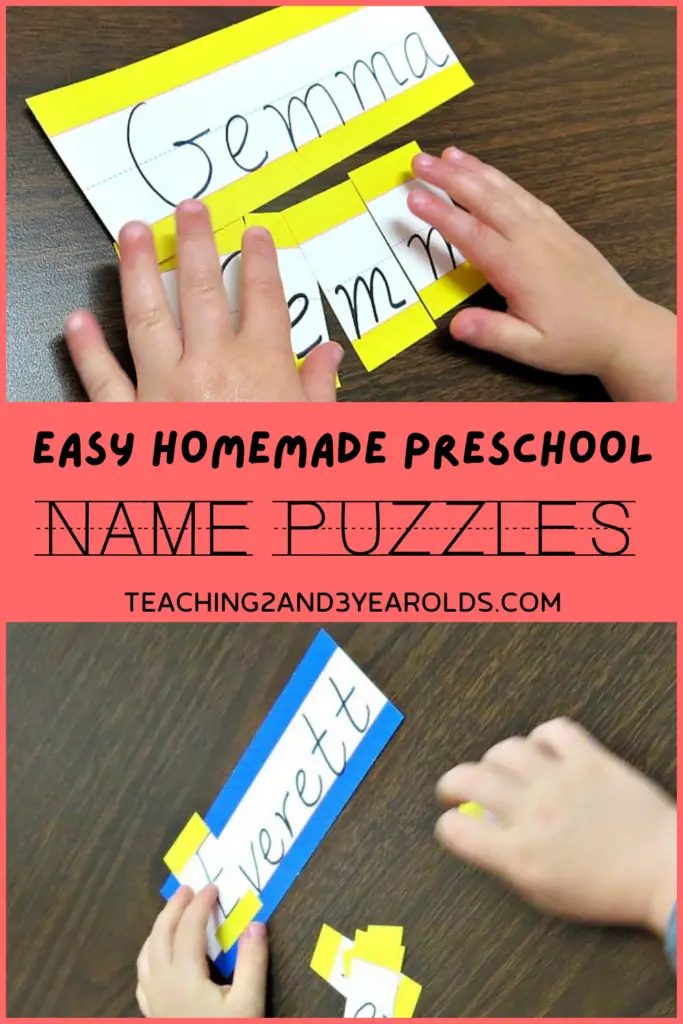
This next activity is an easy homemade name puzzle that is perfect for helping preschoolers learn the letters in their names and the order they go in. To set it up, you’ll need some:
- Card Stock
- Marker (To Write The Child’s Name)
Simply write the child’s name on two pieces of card stock, leaving one whole and cutting the other between each letter. Then, place both the whole strip and the pieces of the strip on the table and invite the preschoolers to put the separate pieces together to make their names.
Using the whole strip as a guide, they can master putting their names together in the right order. It’s a great way to improve their literacy skills and get to know each child on a more personal level.
Teaching2and3yearolds.com offers further insight into this activity, so be sure to visit the website for more information. Looking for more resources like this? Check out our list of name writing activities for your preschoolers!
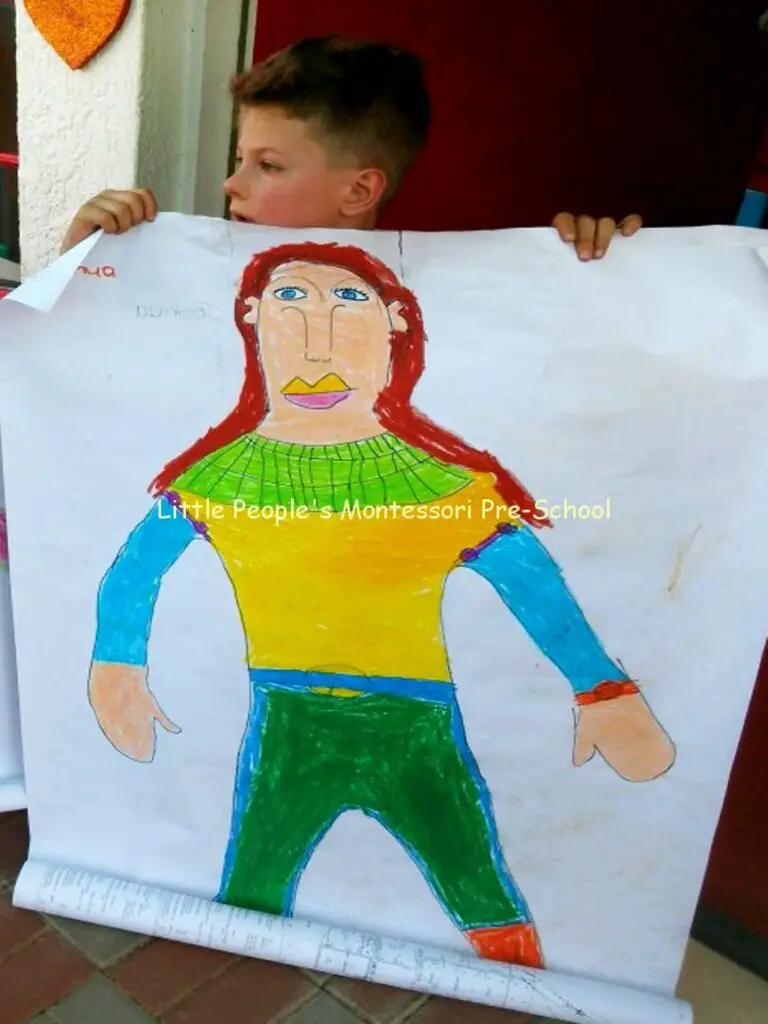
Let’s get ready for some fun with a creative activity that will help children to appreciate their uniqueness! All you need is a:
- Large Sheet Of Paper
- Marker
Pair your preschoolers up and have one child lie down on the paper while the other traces around their body. Make sure the tool is child-friendly and safe to use.
After tracing, the two preschoolers can have a conversation about their differences, like their height, body size, skin color, and hair color. Encourage them to embrace their uniqueness and decorate their drawings together. They can use colorful pens, stickers, or any other craft supplies to make their drawings stand out.
This body tracing activity is a great way to help children celebrate what makes them unique while also promoting self-esteem and acceptance of differences in others.
To fully comprehend this resource, visit littlepeoplemontessori.co.za for more details.
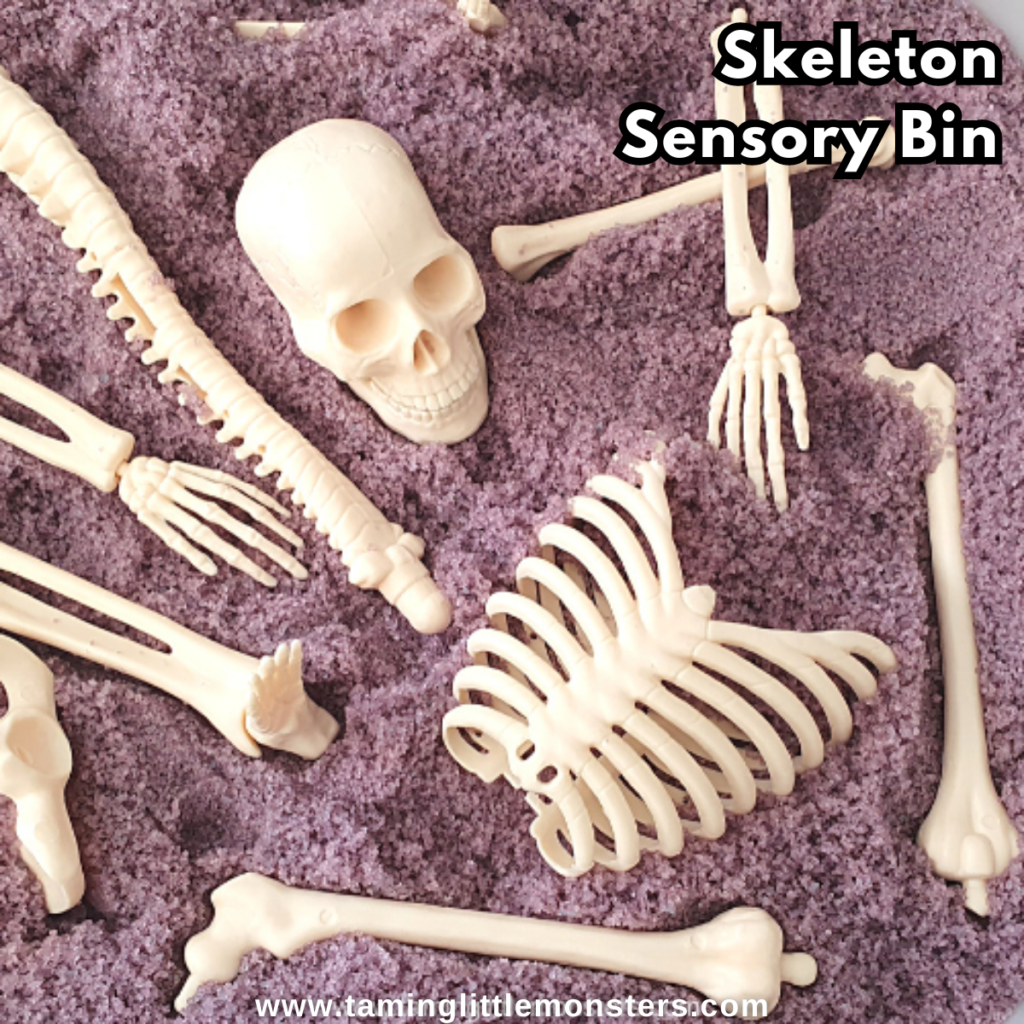
Learning the skeletal system can be a fun and interactive experience for preschoolers with this educational activity. To start, gather the following materials:
- 1-2 pounds of salt
- Purple food coloring (or red and blue food coloring)
- Vinegar
- A toy human skeleton
- A large plastic container
- Sensory bin tools (such as spoons, cups, and bowls.)
Begin by mixing the food coloring, vinegar, and salt in the large container until the salt turns a vivid purple color. If needed, add more food coloring for a brighter shade.
Allow the mixture to dry for a few days before pouring it into the container. Next, disassemble the toy skeleton and place it along with the sensory bin tools into the container.
Encourage the children to explore and manipulate the skeleton’s bones with the tools provided. As an added extension, create a skeleton puzzle for the children to match the bones to the corresponding places.
For more information about this resource, be sure to check out taminglittlemonsters.com.
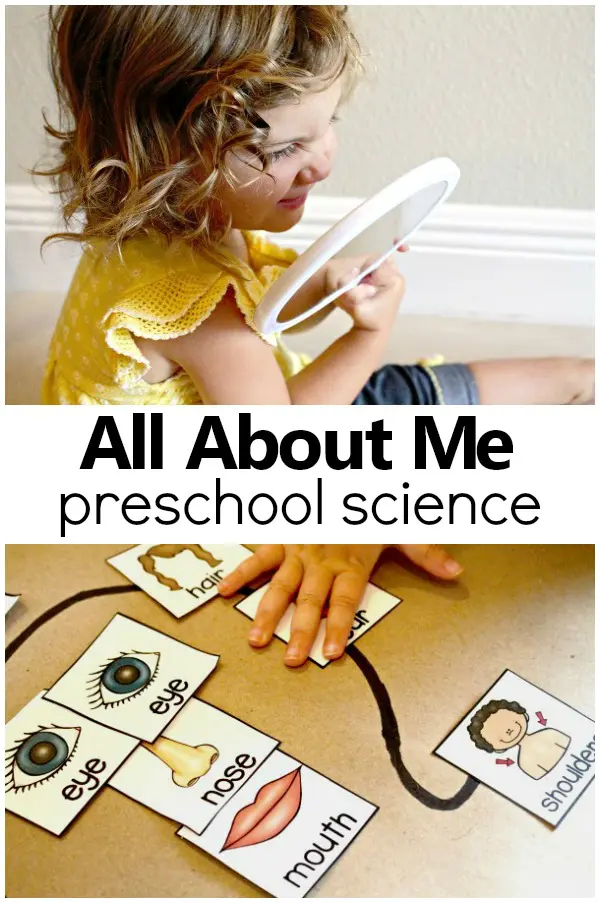
Here’s a fun and easy Science activity that you can do with your preschooler using materials you likely already have at home.
To start, gather some:
- Kraft Paper
- Pencil And Marker
- Tape
- Hand-Held Mirror
- Body Part Printable
Now it’s time to create the body parts diagram. First, trace your child’s body onto the kraft paper using a pencil. Then, use a marker to label each body part.
You can use the printable as a reference or have your child name and label each part themselves. Next, use the hand-held mirror to explore and observe each body part, discussing their functions and importance.
This activity is not only fun but educational, as it helps children develop their fine motor skills, body awareness, and vocabulary. Plus, it’s a great opportunity for bonding and creating lasting memories with your little one.
If you’re seeking more information about this resource, fantasticfunandlearning.com is a great resource to consult.
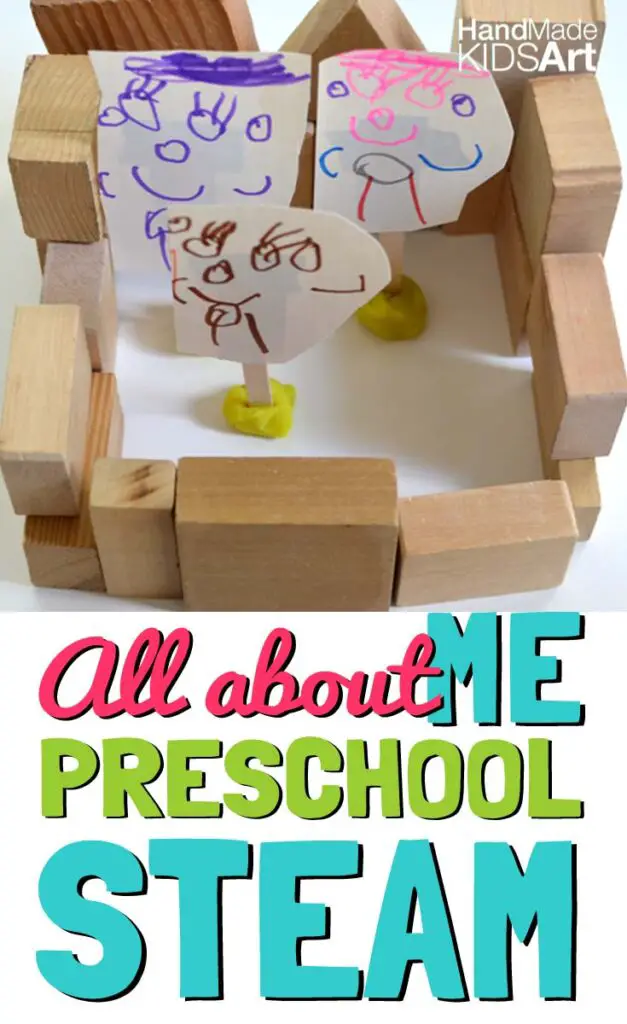
Incorporating fun and engaging activities into learning can significantly impact a child’s experience. The Build a House STEAM Challenge is one such activity that combines math and art to help children learn and explore playfully.
To get started, gather these materials:
- Index Cards
- Drawing Materials (Pencil, Marker, And Crayons)
- Craft Sticks
- Scissors
- Tape
- Play Dough
- Building Blocks
Have the child count and identify how many family members they have and draw each family member on a separate index card, which can be taped to a craft stick. With these craft sticks, children can use playdough and building blocks to construct a house that accommodates all family members.
This activity is an excellent way to encourage children to experiment, explore, and redesign as they work to find a solution to the challenge. Allowing children to spend time exploring and creating fosters their creativity and helps them develop a growth mindset.
To get additional details about this resource, make sure to browse preschoolsteam.com.
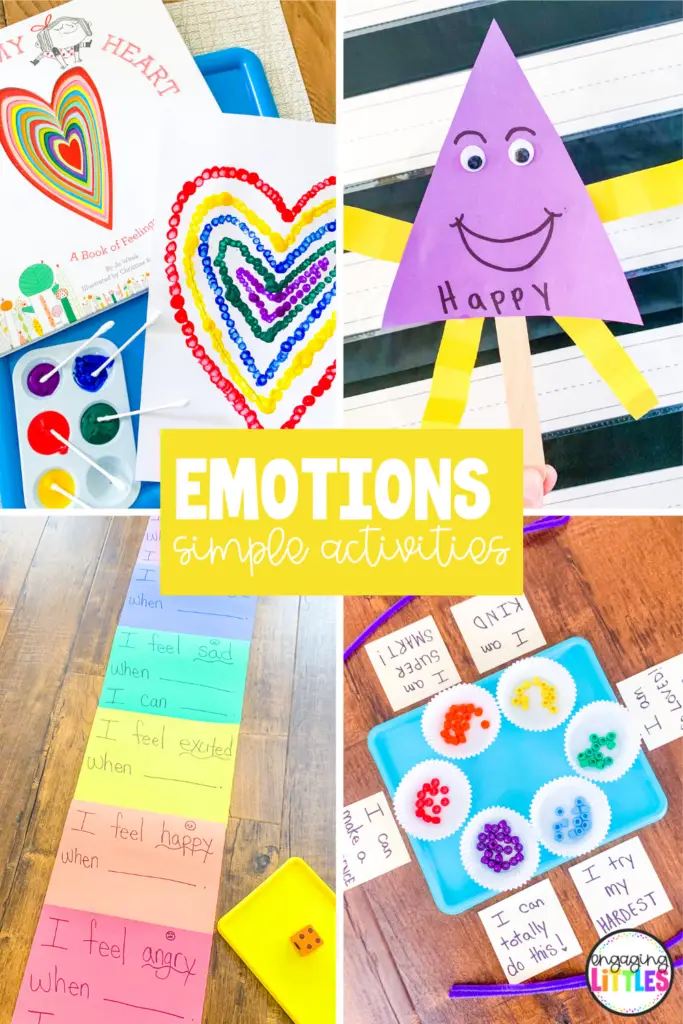
Helping young children develop emotional intelligence is crucial for a parent or teacher. Creating a feelings chart or a feelings wheel such as this one is a fun and interactive way to do this. Here are the materials you’ll need:
- Paper plate
- Markers or crayons
- Clothespin
Begin by dividing the paper plate into four sections and labeling each with a different emotion. To make it easier for children to recognize, color-code each section. Then, attach a clothespin to the center of the plate and place it where it can be seen. Encourage your child to clip the clothespin to the section that corresponds to their current feelings, and discuss it with them each day.
Using a feelings wheel creates an excellent opportunity to discuss coping strategies for different emotions. For example, you can discuss taking deep breaths or going for a walk to calm down when feeling angry or upset. This way, children can learn how to identify and express their emotions, leading to better emotional regulation and communication skills.
Engaginglittles.com offers further insight into this resource, so be sure to visit the website for more information.
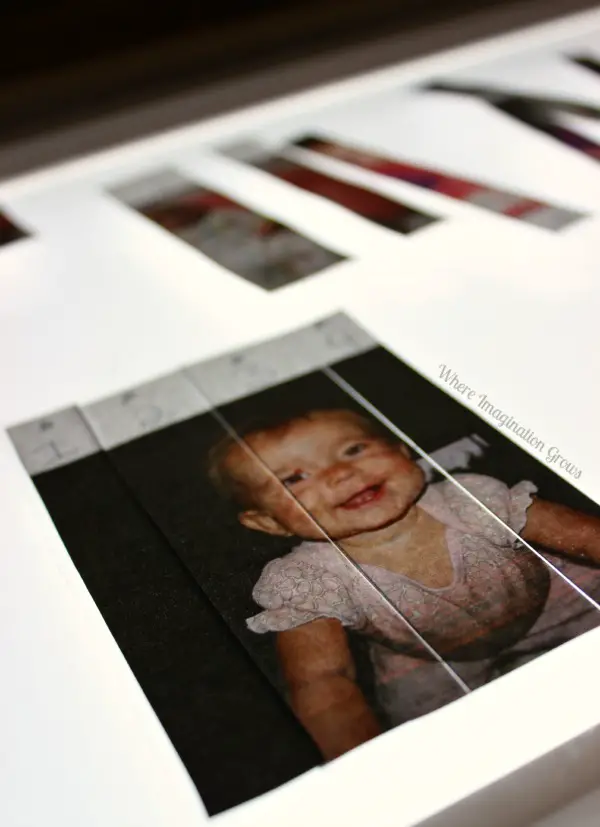
If you’re looking for a fun activity that incorporates your child’s personal history while promoting cognitive development, we’ve got just the thing! Here’s what you’ll need:
- Photos of the child at different ages
- Markers or pens
- Scissors
- Laminating sheets
- Unique shaped templates (optional)
To get started, select a few photos of your child at different ages and print them out. Draw lines across each photo to divide them into sections, and number each section. To ensure they last, laminate the pictures, and then cut them into numbered strips.
If you want to make it even more exciting, you can give each set of photos a unique shape, so the child can sort the pieces for each puzzle by shape and number/photo.
Once the child has put the photos together a few times and knows what pictures they have, it’s time to take it up a notch. Challenge them to put the pictures together in chronological order based on their age in the photos.
Whereimaginationgrows.com is the place to go if you need more information about this resource.
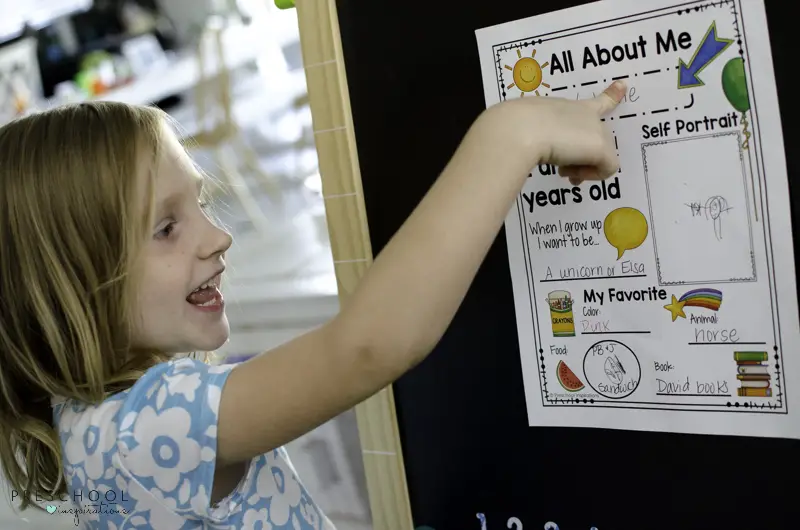
Next on the list of fun ways to capture your child’s personality and interests is creating an All About Me poster using this amazing printable! You’ll be spoiled for choice with three different versions to choose from, allowing your child to showcase their favorite color, animal, food, and book. Not to mention the self-portrait they can draw which adds a personal touch.
Along with their name, age, and birthday (on one version), this poster will preserve a moment in time and give you a chance to reflect on your child’s unique personality and interests. Plus, with options like a pet section or a space for their aspirations, you can create a poster that best represents your child. It’s time to grab your markers and create a masterpiece that will give you all the warm and fuzzy feelings!
If you want to learn more about this resource, don’t forget to visit preschoolinspirations.com.
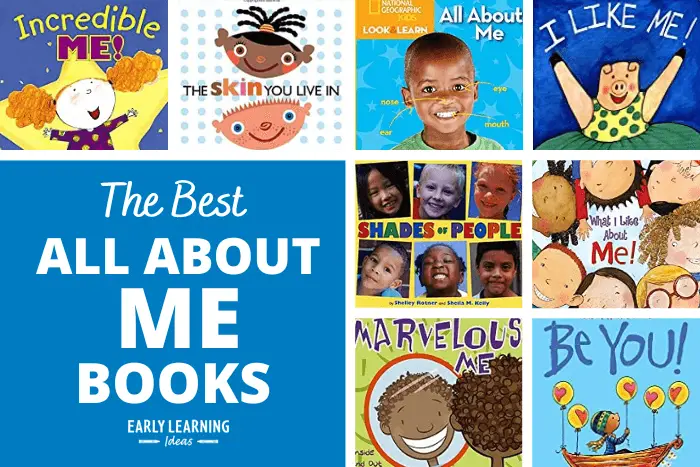
Reading books is an excellent way to promote diversity and self-acceptance in preschoolers. Choosing books that feature characters from different cultures and identities can help children learn about the world around them and understand that we all have unique qualities that make us special.
When selecting books for your preschoolers, look for stories that are age-appropriate and engaging, with relatable characters that represent diverse backgrounds. Books that celebrate differences and individuality can help children feel seen and valued, while also promoting empathy and understanding of others.
After reading a book, encourage discussion with your preschoolers about the themes and ideas presented in the story. Ask open-ended questions to prompt conversation and help children articulate their thoughts and feelings. This can be an opportunity to explore different perspectives and encourage critical thinking skills.
Reading books with your preschoolers can also help develop language and literacy skills. By listening to stories, children can expand their vocabulary, improve comprehension, and develop a love of reading that will benefit them throughout their lives.
For all-about-me book recommendations, be sure to check out earlylearningideas.com.
Conclusion
We hope these 10 all-about-me activities for preschool have given you some great ideas for incorporating this fun theme into your classroom or home.
Remember, every child is unique and special, and these activities can help them celebrate their individuality while also fostering a sense of community and belonging. Have fun exploring and creating with your little ones!
People Also Ask
“All about me” activities for preschoolers are beneficial as they promote self-awareness, self-expression, and self-confidence. These activities encourage children to explore and share their interests, skills, and unique qualities, helping them develop a positive sense of identity and belonging in their community.
These activities provide a platform for children to explore and share their interests, skills, and unique qualities, enabling them to develop a sense of belonging within their community.
By learning about themselves and others, preschoolers can develop social-emotional skills and enhance their cognitive, physical, and creative abilities, setting a strong foundation for lifelong learning and growth.


